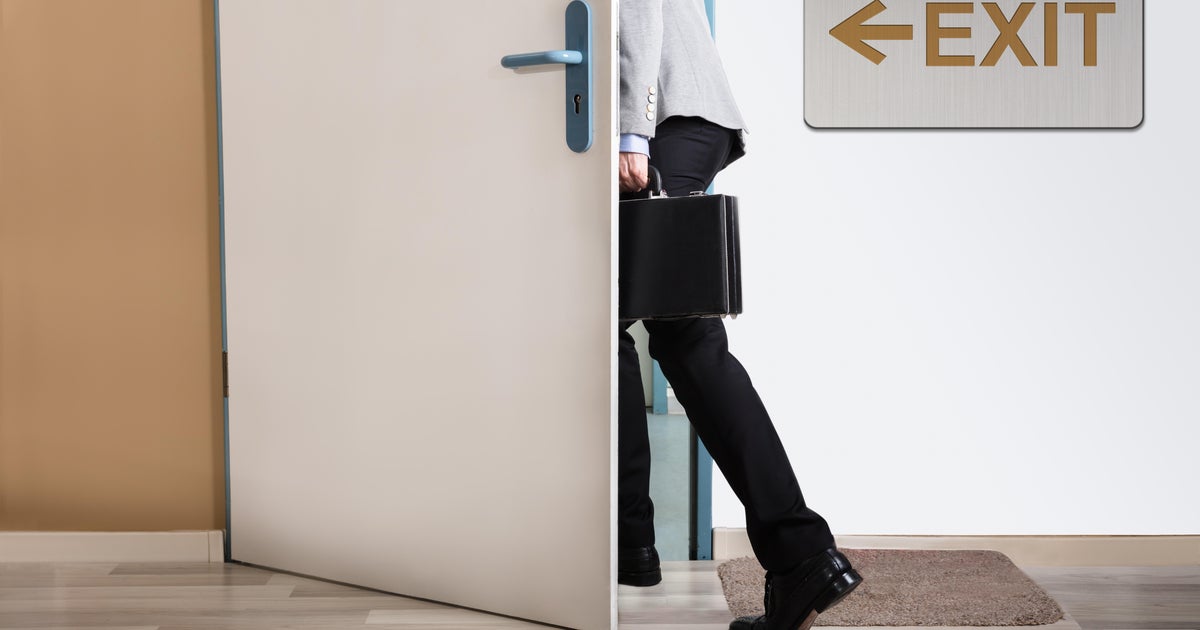Most bosses say they monitor remote workers, some via live video feeds
Most remote workers may not have as much privacy as they might think while doing their jobs from home.
At the start of the pandemic, when virtually all white-collar professionals were sent home from corporate offices, many employers — leery of workers' self-discipline — invested in monitoring software to track their every move, lest they engage in personal activities while on the clock.
Three years later, employee tracking via tools like video feeds and keystroke monitoring software are in fact the norm, according to a new survey of 1,000 companies with remote or hybrid workforces. Only 10% of remote companies monitored employees before the COVID-19 pandemic.
The most intrusive form of employee monitoring is via an always-on, live video feed. More than one-in-three employers (37%) said they require employees to appear on a live video feed when they are not in the office, according to the survey from ResumeBuilder.com, a professional resource site.
People who are dedicated video feed monitors typically spend between two and four hours a day monitoring those feeds, according to ResumeBuilder.com.
Few employers — just over 5% — keep an eye on these video feeds all day long.
This type of monitoring signals a weakness among managers, according to career experts.
"A lot of the older generation really do not understand how to manage remote workforces and this is causing all this surveillance," Resumebuilder.com chief career advisor Stacie Haller told CBS MoneyWatch.
Keystroke logging: careful what you type
The most common forms of employee monitoring, however, don't rely on cameras to spy on employees' behaviors while on the clock.
Employers most commonly track workers' web browsing activity and app use (62%), or limit workers' access to certain websites or applications like video streaming platforms (49%), for example.
Additionally, companies track workers' attention using biometrics, by capturing random screenshots as well as logging their keystrokes, which in theory can reveal whether the workers are engaged in work or personal activities.
While these measures are meant to ensure workers' performance meets expectations, at least in terms of their focus on work-related matters during the defined work day, they can backfire, simply because many workers don't appreciate being surveilled all the time.
Benefit or cost?
Nearly 70% of companies said they've had employees quit over monitoring concerns, according to ResumeBuilder.com. Of this group, 35% say the company has lost six to 10 workers over unwanted surveillance.
Over 70% of companies have also used data collected through monitoring to dismiss workers they deemed unproductive — roughly the same portion as resigned over being watched.
That doesn't come as a surprise to Haller, who suggests the costs of employee monitoring outweigh any potential upsides.
"It might not be worth it to monitor an entire organization when you're only letting go six to 10 people and the same amount of workers, who could be high producers, are leaving because they don't want to work in an environment where people don't trust their employees," Haller said.
Time spent not working
The data collected through companies' monitoring programs also reveals how many hours, on average, employees spend doing things other than working during the day.
One-in-three companies surveyed said workers spend an average of three hours per day on non-work activities — a phenomenon companies sometimes refer to as "time theft."
A Canadian company successfully used spyware to prove that an accountant it employed was performing personal tasks while she claimed to be working. A court subsequently ordered her to repay some of her wages to her employer for slacking off on the job.
Most often, these non-work activities include online browsing and social media use.
While the remote work era ushered in the widespread use of monitoring tools, companies use them to track in-office personnel, too, according to the survey.
Tracking will "hopefully become antiquated"
As more managers become comfortable and more adept at managing hybrid workforces, Heller expects they'll become less reliant on employee monitoring software that makes many workers uneasy.
"Managers leading the return-to-office charge are doing so because they don't know how to manage organizations any other way," Haller said. "They need to visually see their team or the people working for them because that's how it's always been."
As younger professionals who are more accustomed to remote work rise in the ranks and become leaders themselves, "the world will become very different," Haller said. "The new work world is slowly replacing the old work world and older Baby Boomers are dragging their feet."
She also said it's only ethical for companies that monitor employees digitally to be upfront about their practices with applicants, allowing them to withdraw their candidacy should they not want to be surveilled.
Companies may also wind down monitoring if it hamstrings their recruiting efforts.
"If companies are having difficulties attracting talent if they are monitoring them, then we may also see a change in the prevalence of this technology," Haller added.



